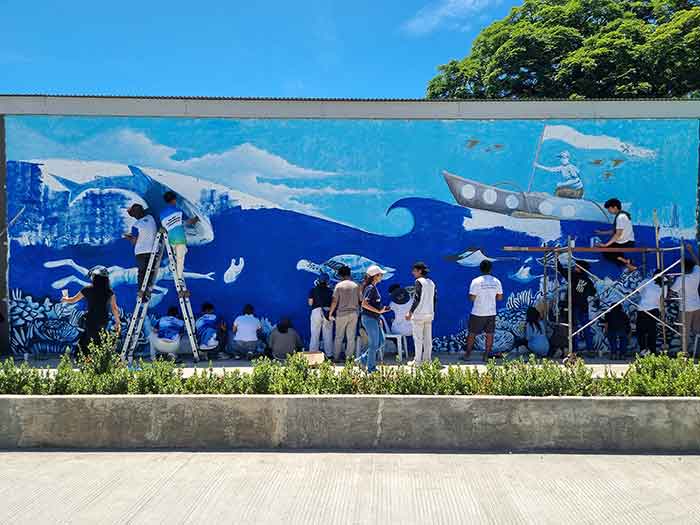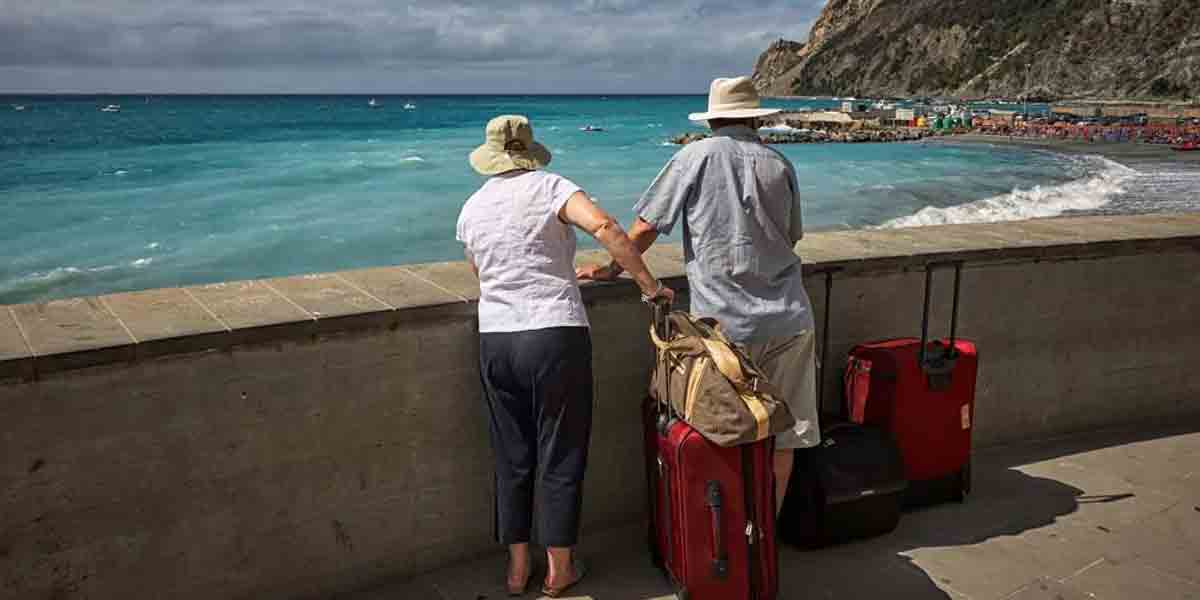
Panaon Island, with its rich biodiversity composed of threatened and endangered wildlife like the whale shark, sea turtles, rays, the endemic Philippine Duck, vibrant corals and hundreds of fish species, has been rightly called the hidden gem on the tip of Southern Leyte.
Its resilient coral reefs have earned it the distinction of being cited as part of the top 50 in the world that will likely withstand the impacts of climate change.
The anticipated passage of the Panaon Island Protected Seascape Bill by the Senate will help strengthen the conservation and protection of the island’s resources for succeeding generations.
In the celebration “Panahon sa Panaon: Isaulog Nato!”, which also lauded the Month of the Ocean, local government units, students, artists, and their related communities discussed the importance of declaring the island as a protected seascape.
The event theme, “Develop a Sustainable and Equitable Blue Economy,” showed how improved protection of Panaon Island could contribute to efforts addressing ongoing national concerns of food and nutrition security and livelihood.
Speakers also explored how the threats to the island’s biodiversity such as illegal fishing, marine pollution, and climate change, can be addressed.
The celebration was capped by a mural painting activity showcasing the island’s landscape, seas, wildlife, and marine ecosystems by residents, artists, and volunteers, under the supervision of popular 24-year-old contemporary artist Kenn Manatad.
Hailing from Abuyog, Leyte, Manatad has been acclaimed for his impressionist-style paintings of Philippine landscapes.
“Panahon na ng Panaon to be declared as a Protected Seascape, and strengthening the island’s protection, will greatly help the local governments of Liloan, Pintuyan, San Ricardo, and Pintuyan to ward off the threats being faced, while ensuring that the island’s ecosystems will thrive in abundance,” said Atty. Gloria Estenzo Ramos, Vice President of international conservation organization Oceana which organized the event with the Department of Environment and Natural Resources (DENR) Region VIII.
The Expanded National Integrated Protected Areas System (ENIPAS) Act of the Philippines, which serves as a national framework for protected areas, mandates the formulation of a management plan for each protected area within one year of its establishment. The DENR and Oceana have been collaborating with local stakeholders to prepare them to effectively participate in the plan’s development.
“The management plan is important because it ensures the protection and proper management of the island’s resources by all stakeholders for the benefit of the people of Panaon,” said Atty. Rose-Liza Osorio, Oceana’s Senior Director for Campaigns, Legal, and Policy. “It will also help us achieve this goal by providing a framework for sustainable management practices.”
Mayor Jonna Adan, Municipality of Liloan, said that all the stakeholders gathered in the event “to emphasize and raise awareness about the need of maintaining and conserving our coastal and marine resources, as well as managing them effectively.”
Attending the celebration were Mayor Benedicta Tiaozon, Municipality of San Francisco; ARD Cylet Salvacion C. Lluz, Region VIII Assistant Regional Director/ Chief Aquaculturist , Bureau of Fisheries and Aquatic Resources; Evangeline M. Paran, Chief Economic Development Specialist, Project Monitoring Evaluation Division, Region VIII, National Economic Development Authority (NEDA); Dr. John Glenn D. Ocaña, Region VIII OIC-Regional Director, Department of Science and Technology (DOST); and Lord Byron P. Torrecarion, PhD., Region VIII Regional Director Office of the Civil Defense-Department of National Defense.
The Senate’s passage of the Panaon Island Protected Seascape Bill and sustainable management practices under ENIPAS can contribute to the sustainability and longevity of the island’s ecosystems, according to a socio-economic survey among Panaon Island residents held by the University of the Philippines Tacloban and Oceana in 2020.






















